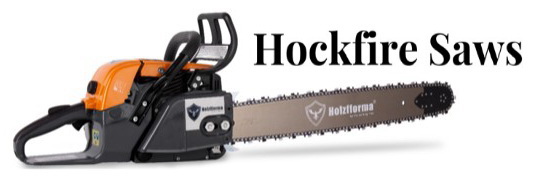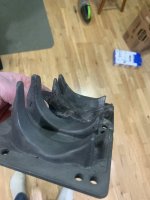Working with the stock components, the piston sweeps a set volume.
Case pressure builds most on the down stroke from the time the intake closes to when the transfers crack. More importantly, the volume available to be pushed through the transfers is the remainder of the stroke when the intake closes. The intake being open past a certain degree is bad because it shortens the duration and volume trapped in the case.
Volume is most important. The lower the intake, the smaller the volume that will be pushed through the transfers. Shorter stroke saws have less swept volume per degree and will be more affected by a lower intake.
Case pressure is still significant. It effects transfer velocity. Higher velocity transfers will have a better scavenging effect. Velocity is determined by the ratio of swept volume to total case volume. Yep, more volume. In my experience, the more swept volume you have, the better.
RPM is also important. More RPM means less actual time for pressure to equalize in the case. Pressure will be higher under the piston relative to the extremities of the case (along the piston walls and in the bottom of the crank chamber). That means less will get pushed out the intake at higher rpm.
In general I try not to let too much out the intake or increase case volume a lot. Getting more technical than that hasn’t gained me much. I would like to experiment with epoxy and longer strokes, but haven’t gotten there yet.
I should be out in the shop instead of writing on this forum…







